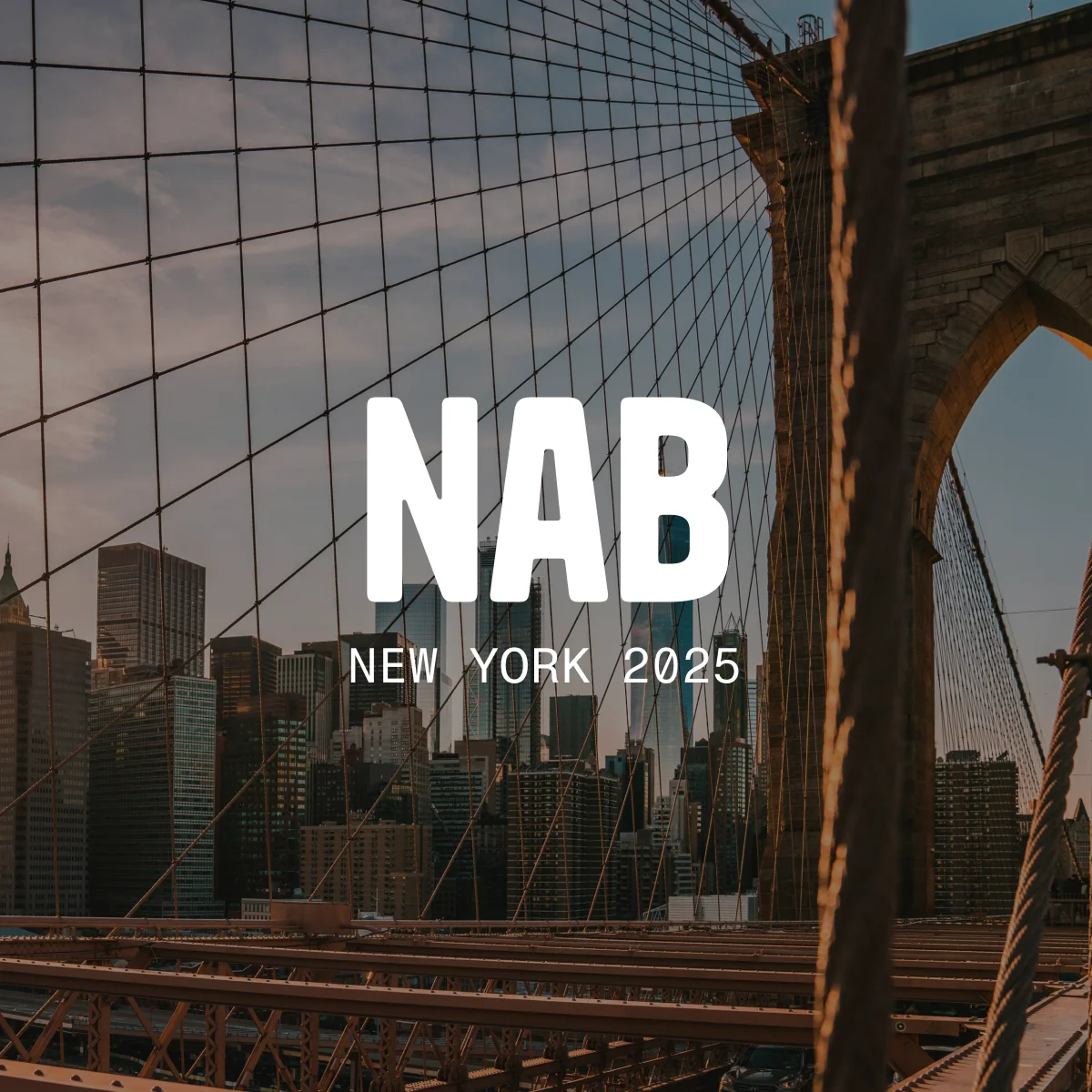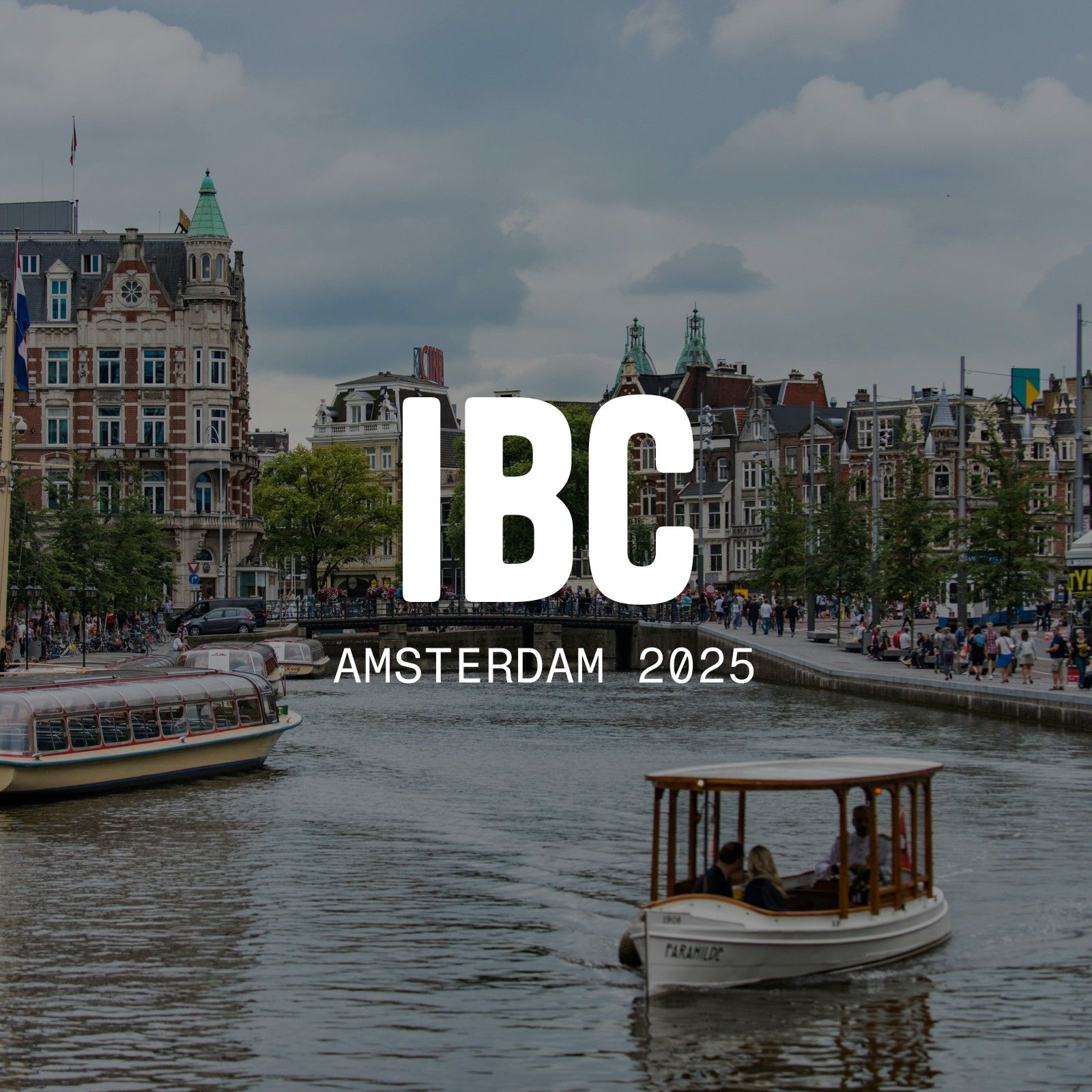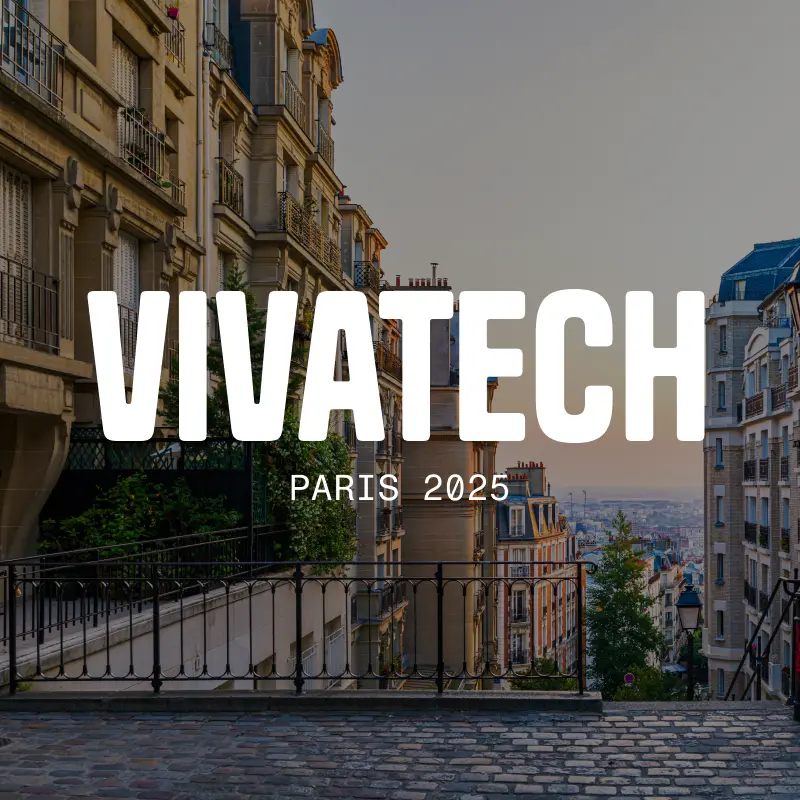Fresh perspectives
A snapshot of our latest thinking on video, media, and what's next for the industry.
Thank you! Your submission has been received!
Oops! Something went wrong while submitting the form.
France Télévisions hits record digital engagement with its Roland-Garros 24x7 channel powered by Wildmoka
France Télévisions has reported record-breaking digital and broadcast engagement figures for its coverage of the 2025 Roland-Garros tournament, thanks to a bold new three-pillar strategy powered by Wildmoka.
Read more
Backlight adds real-time collaboration to Iconik, AI-powered livestreams to Wildmoka and enhanced player capabilities to Zype at IBC2025
New capabilities transform creative workflows from review to distribution, accelerating time-to-air, enabling content repurposing at scale, and improving video accessibility worldwide
Read more


































